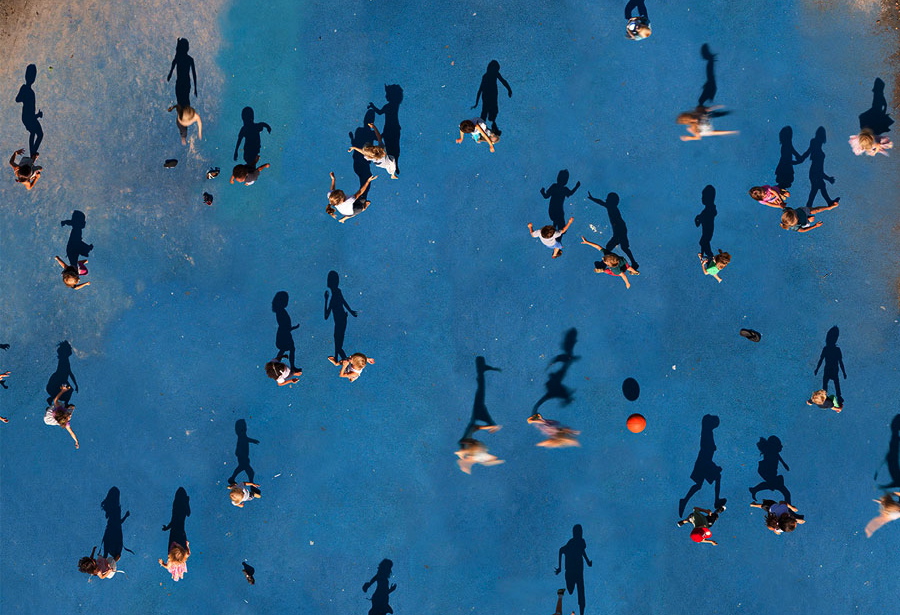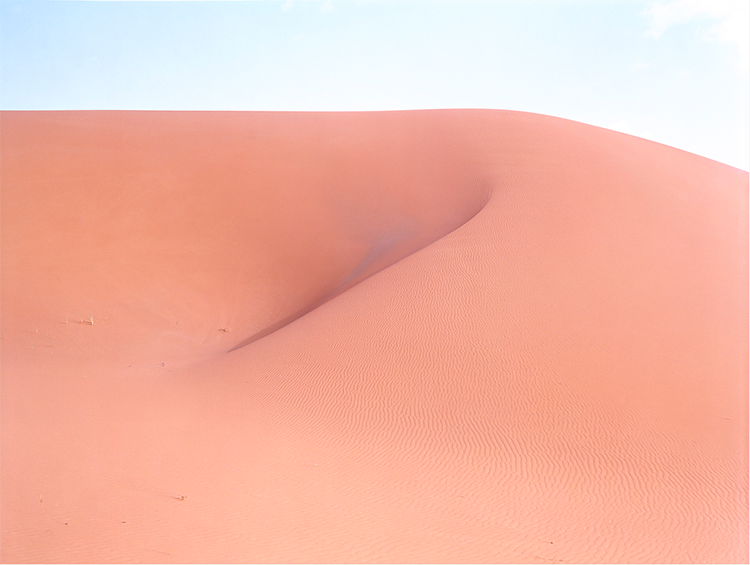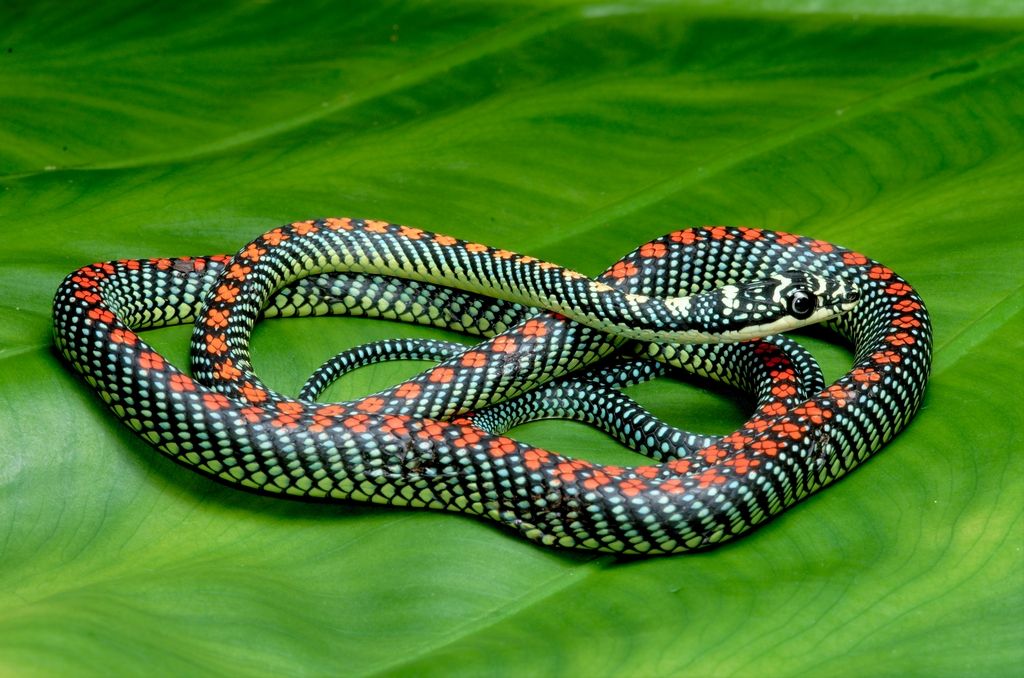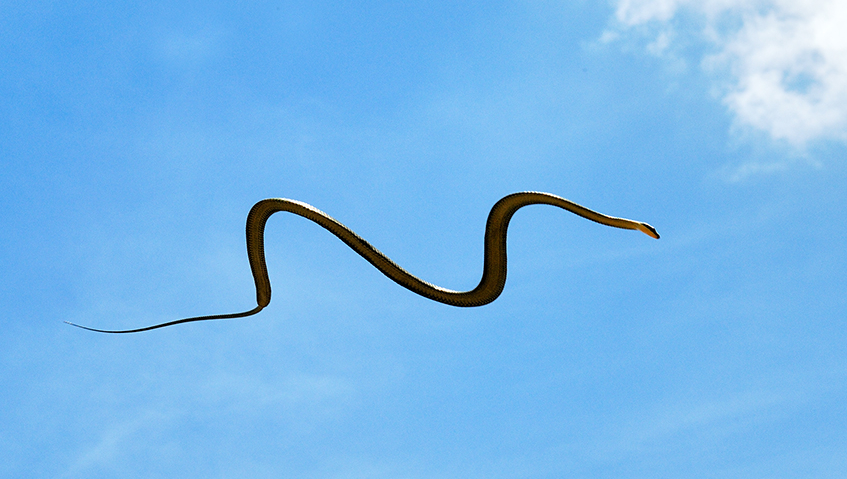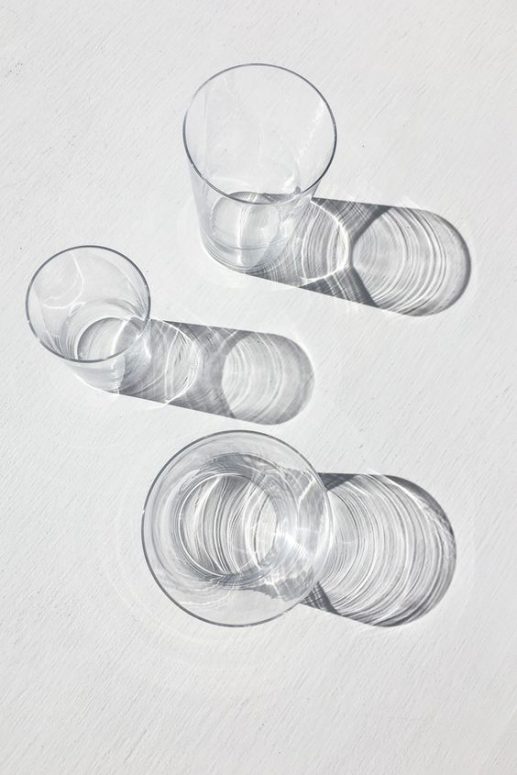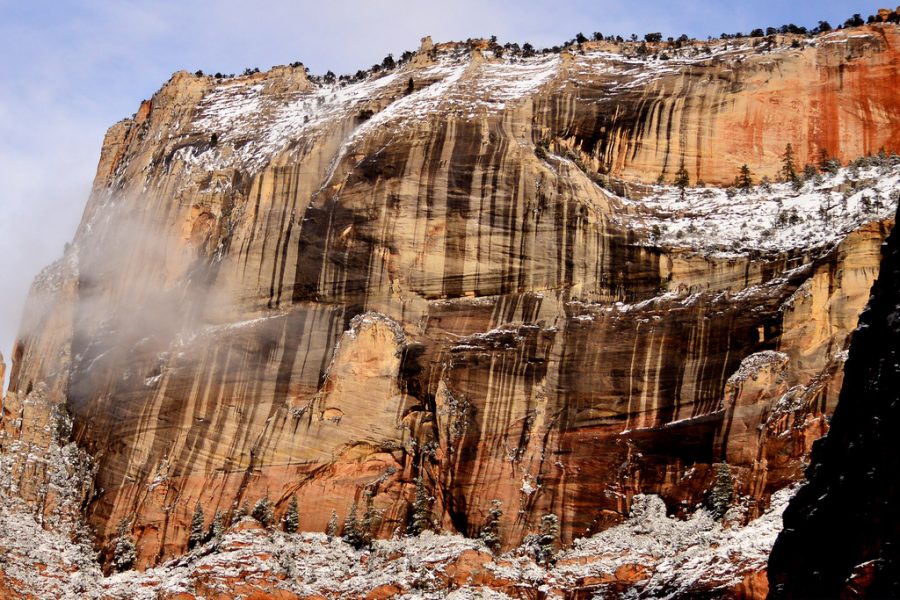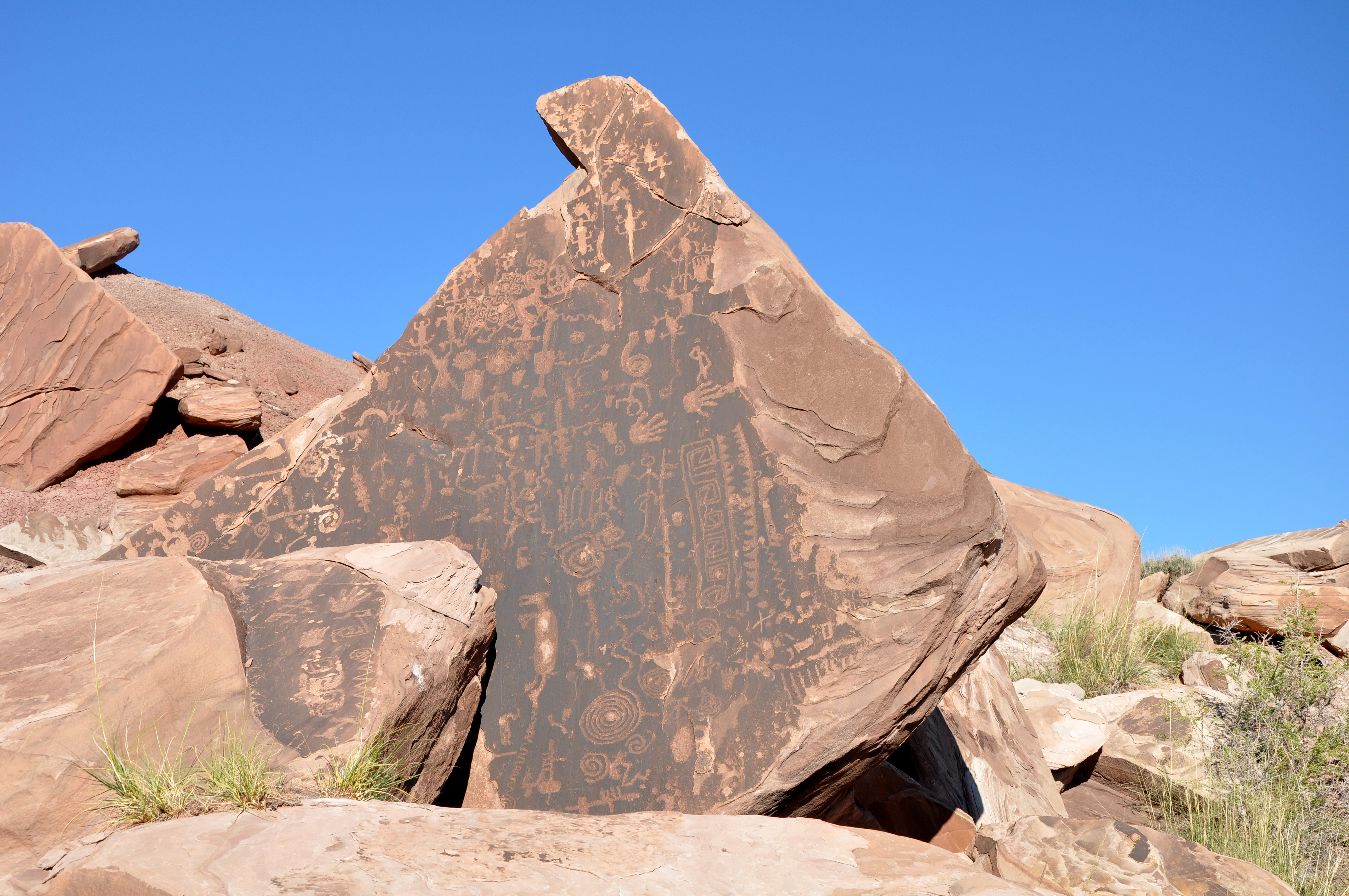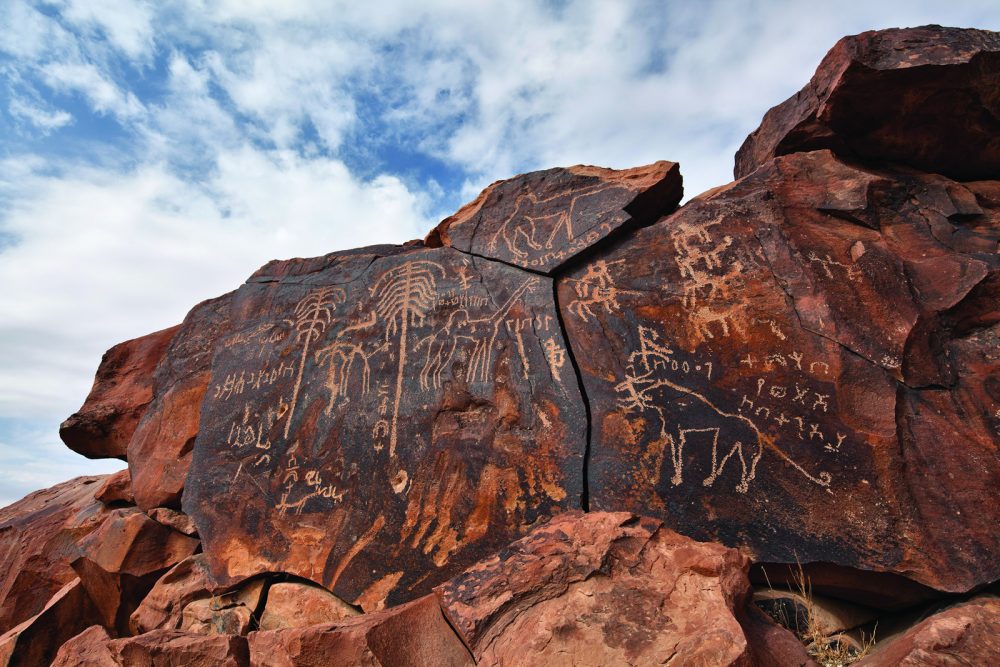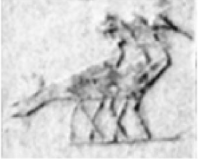
The hieroglyph comes to be drawn with a mark on its throat, a conflation with the wattled crane, a similar migratory waterbird. In the Pyramid of Unis the hieroglyph appears as both birds, though predominantly without the mark as an unmistakable miniature of the white stork. Three storks or cranes together form the hieroglyph that represents the power or force of a living person.
The wattle becomes a hieroglyphic flag emphasising the throat of the crane, which is known for its beautiful sound. The sky filled with the sound of cranes, like the sound of wild geese, is a marker for the turning of the seasons.
The emphasis, the mark, flags what is relevant in the animal. The raised tail of the dangerous wild dog is lightning. A halo of silvery fur is the mind.
In Arabic the action of a verb or the quality of a noun becomes emphatic, is intensified, by doubling the sound: ‘wuswus’/whisper, ‘rufruf’/flutter, ‘loglog’/babble. ‘Hubbub’ is a doubling of the Arabic word for “love.” ‘Ruckus’ is the Arabic word for “dance.” In the English version of the word the sound of the central consonant is intensified to intensify the action conveyed in the word. ‘Alfalfa’ is Arabic for “a thousand thousand,” the best fodder crop; “pepper” is the English pronunciation of ‘felfel’. This kind of linguistic doubling is a common device in Egypt, and it is a common device in hieroglyphs.

(Source: The Silver Eye: The Dawning Moon of the Mind: Unlocking the Pyramid Texts—Susan Brind Morrow)
